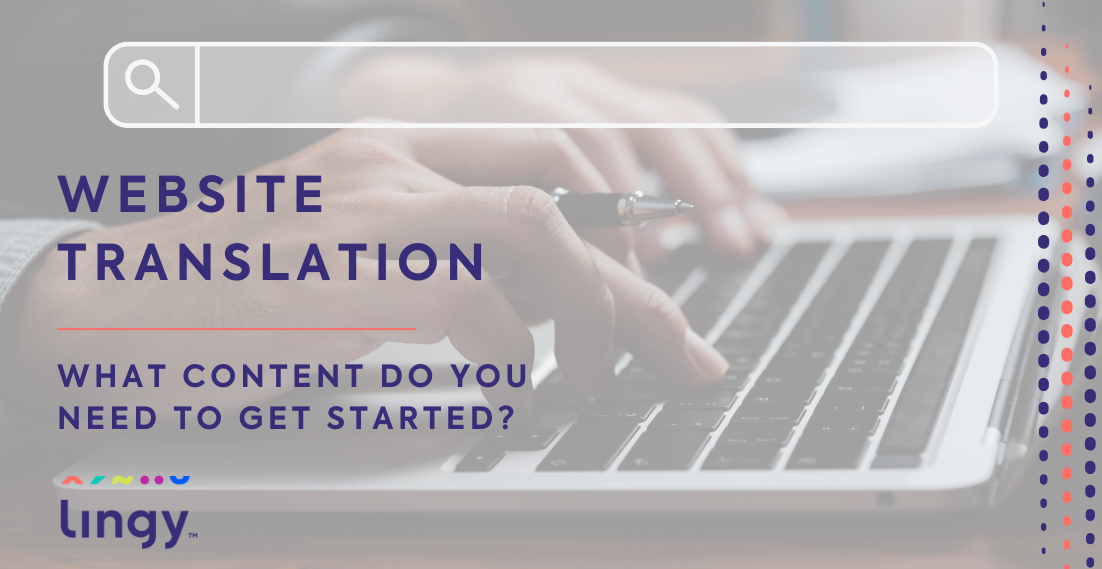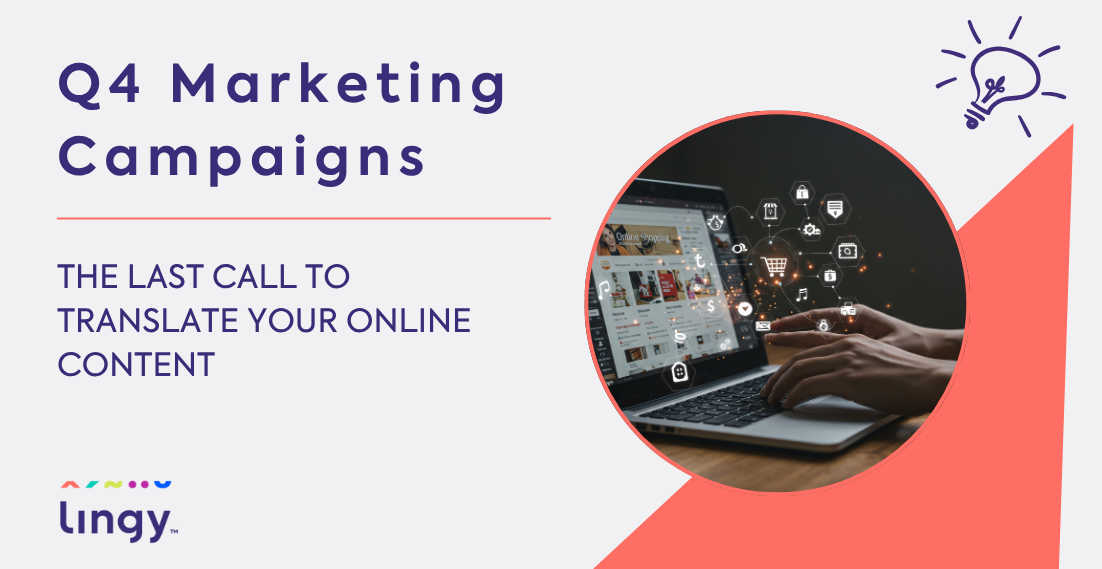How to Improve Your Website’s Visibility

A website can serve different purposes but with poor online visibility, people would not be able to find it and the website would not be able to help you to achieve anything that you had planned for it to do. This is especially true when it comes to E-commerce. The competition is fierce in today’s market and everyone is trying to get more traffic onto their websites, but there are things that you can implement to help improve your website’s visibility.
SEO translation for your international website
What is online visibility?
The easiest way to describe it is to imagine your website as a physical store, improving its online visibility is like moving your store from a back alleyway to the front of a high street. More people would be able to see your store and there are higher chances that they will go in and even buy something from it.
Every website relies heavily on organic traffic. It means the visitors that clicked onto your website after seeing it from a search engine result. This is the main traffic source for most websites. However, most people would only look at the first few websites that show up at the top from a search engine result page. This means the higher the ranking that your website has, the higher the chances that people would visit your website. Without good online visibility, it is difficult for the website to be effective, no matter how great your website is.
What is Search Engine Optimisation (SEO)?
SEO is the action of improving your ranking on search engines in order to improve your website’s online visibility. It is the main way to bring more organic traffic to your website. It is a search engine’s interest to prove the best results to their users when they search with keywords. Displaying the most relevant results from more reputable websites are the aims that mean search engines will rank your website and display the best ones on the first. Several main factors impactto the ranking dramatically.
- Site safety
Internet security is very important and search engines are aware of that. That’s why site safety is the first on their list when it comes to ranking. HTTPS indicates that the data transfer on the site is encrypted using TLS (formerly known as SSL) certificates and it provides better security than HTTP. It is easy to start using HTTPS for your website. Most website hosting providers can accommodate that for a small fee and it is almost essential to have that to secure a good ranking.
- Crawling
Search Engines such as Google will have bots that crawl over your website to understand its content. It is then indexed and will be displayed when a user searches for information later if your website is relevant. Robot.txt should be set up properly as well because it tells the crawling bots which part they should crawl and which they shouldn’t.
It is important to build your website up with a clear structure and submit your sitemap via Google Search Console so that the bots can understand your site better for your website to be indexed properly. It is also important to include alt text and metadata in all your images, videos or anything that are not texts on your website so that the bots can understand what those contents are. Robot.txt should be set up properly as well because it tells the crawling bots which part they should crawl and which they shouldn’t.
- Keywords optimisation
People type in keywords in the search bar to look for websites that they will need and that’s why it is important to know the relevant keywords for your website. Keywords research can help you to find out the terms that your customers use when they are searching. You can then include them on your website to appear more relevant. Tools such as Google Keyword Planner can help you understand the keywords that people use and their usage over time. There is a lot of information on it that can help you to decide what keywords you should include.
- Backlinks
Search engines would see your website as more reputable if there are more websites that contain links to your website. The better the reputation of the website, the higher the chances that it will have a higher ranking. The number, the quality and the diversity of the links are the factors that search engines will look at. It is a good idea to start building backlinks, you can do so by asking the partners that you work with to include links to your website or create useful content that people might share later on. There are a lot of ways to do it but please do not attempt shortcuts such as purchasing backlinks as Google will most likely find out and punish your website for it.
- SEO friendly URLs
Instead of having randomly generated URLs, you should include your domain name then followed by relevant keywords of your pages in the URLs. For example, the URL of this blog is “lingy.uk/blog/how-to-improve-your-websites-visibility/” which includes the domain name and the section of the page which is the blog section, followed by the name of the blog which tells the bot what this blog is most likely to be about.
- High-quality content for your users
Search Engines will analyse your visitors’ behaviour and use those as determining factors when it comes to ranking. Click-through rates (CTR), Time spent on site and bounce rate to be precise. CTR is the number of people that clicked onto your link when they see it on the search engine result pages. This is why it is important to write the meta tags for each of your pages with care to attract people to click on the link to your website. Bounce rate of the percentage of people who exited your website quickly after being on only one page of your website. Time on site and bounce rate is often determent by the quality of your website, with engaging and useful content, your visitors are more likely to stay on your website longer and explore your website more which can improve the bounce rate and time on site for you.
Online visibility for multilingual website
People from all around the world uses different languages, therefore will use different keywords to search for information. It is important to have all the information for the page to be in the target language to have a higher ranking, like the URLs, meta tags, alt texts and metadata. It is important to have all of them translated correctly not just the main content of the page. This is often overlooked which can negatively impact the ranking of your multilingual website. You should communicate with your localisation team or your translation agency when having your website content translated regarding what I have mentioned above.
SEO translation for your multilingual website
Improving your website’s online visibility
It is a long term process. Search engines will take the age of your website and your website’s performance over time into consideration when ranking it. It is a lot easier to implement good SEO practices right at the beginning in order to start improving the ranking of the website. Shortcuts such as keyword stuffing and cloaking often end with penalties and will likely bring your website’s ranking more harm than good. SEO takes time but as long as you stick with the best SEO practices and continue to create good content for your users then positive results will soon appear and it worth your while in the long run.
Website translation – what content do you need to get started?
Let’s see how to approach website translation strategically and decide which content is essential at the start.
Christmas Sale and Google Ads Campaign – How Marketing Translation Boosts Your Holiday Advertising
The Christmas season is a peak period for every marketing team and marketer. From e-commerce stores to service providers, everyone competes for the attention of shoppers ready to spend. A well-planned Google Ads campaign can make or break your holiday sales. But even the most creative advertising copy will fall flat if your message isn’t […]
Q4 Marketing Campaigns – The Last Call to Translate Your Online Content
In the last quarter of the year, many companies – especially in e-commerce – record their highest sales figures. Christmas shopping, clearance events, and Black Friday promotions encourage purchases not only because of discounted prices but also, due to powerful marketing campaigns that spark consumer excitement.
Tips for Managing your Multilingual Instagram account correctly
Instagram Marketing Strategy in a Globalized World Today, Instagram is the most popular social media platform that exists. People of all ages and backgrounds are trying to optimize their usage of it, from everyday users aspiring to be influencers to brands exploring the enormous range of opportunities Instagram offers in social media marketing. Instagram is […]



